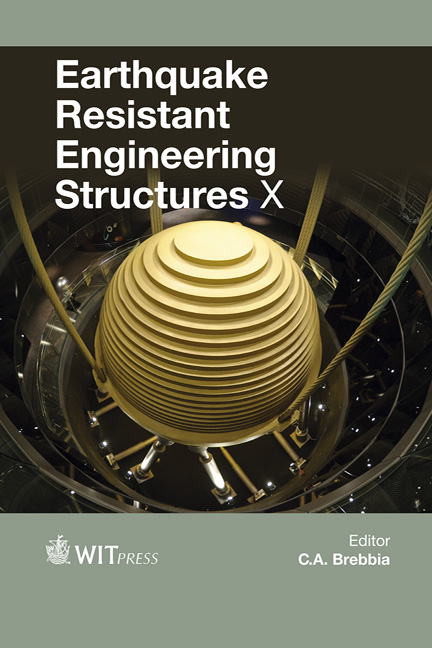Seismic Assessment And Retrofitting Of An Existing RC Building According To The Italian Building Code
Price
Free (open access)
Transaction
Volume
152
Pages
12
Page Range
197 - 208
Published
2015
Size
1,137 kb
Paper DOI
10.2495/ERES150161
Copyright
WIT Press
Author(s)
F. Mola, G. Rebecchi, E. Mola
Abstract
The bulk of Italian building heritage has been designed without considering seismic-induced action and seismic criteria for strength and ductility design, so they represent a risk that must be identified. The importance of seismic risk has coherently been recognized by the Italian authorities, so the current building code (NTC 2008) has been updated, introducing a new seismic hazard map and performance-based approaches for design, assessments and retrofitting of structures. The enhancements included in the code mostly follow the recommendations provided in Eurocode 8, indeed a whole chapter focuses on the knowledge levels to be achieved and on the analysis methods. The case study presented in the paper deals with an eight-storey non-seismically designed RC building located in a low hazard area. Because of the lack of information about the material, geometry and the details of the structural members, widespread surveys on the building have been organized, in order to define the Knowledge Level and the Confidence Factor to use in the analysis.
The assessment and the retrofit study hereby presented is based on a thorough application of the recently declared Italian Building Code (NTC 2008), which allows both linear and non-linear analysis techniques for existing structures. In particular, the vulnerability assessment has been based on a dynamic multimodal analysis, which allowed us to identify the more significant seismic demands in terms of displacements and actions on the elements. Subsequently, a retrofit design was developed by reinforcing non-compliant members and validating the retrofit design by means of a non-linear static analysis.
Keywords
seismic vulnerability, retrofitting, Italian code, concrete-frame structure, pushover analysis





